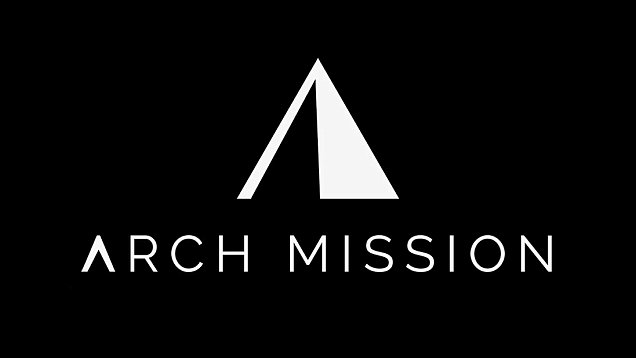Arch Mission Foundation Intends To Send Millions Of Pages Of Wikipedia Articles To The Moon - Part 1 of 2 Parts
Part 1 of 2 Parts
Sometimes societies make a deliberate effort to collect and preserve their cultural knowledge. Once in a while, we find caches of hidden documents such as the Dead Sea scrolls left by a religious community two thousand years ago in caves in the Middle East. There are also “time capsules” left from time to time with samples of cultural artifacts. Then there are the statues, buildings, monuments, and inscriptions left from past civilizations. Now some people are concerned about preserving information from the present age for civilizations yet to come or perhaps visiting aliens.
The Arch Mission Foundation (AMF) is a non-profit organization founded in 2015 by Nova Spivack and Nick Slavin. Its goal is to “…create multiple redundant repositories of human knowledge around the Solar System, including on Earth.” It also hopes that its effort to establish archives of our present culture in locations off Earth will stimulate interest in space exploration. Its mission statement says that it is going to create, "…multiple Arch libraries intended to preserve and disseminate humanity's knowledge across time and space for the benefit of future generations".
Nova Spivack, one of the founders says, “We thought of this project to archive human civilization around the Solar System — to create a permanent off-site backup of all our cultural achievements. So, our knowledge, our art, our languages, our history — all the stuff the human mind has produced. The idea is that these archives could last for millions to billions of years in space, where they might be found and read by future humans.”
Astrobotic Technology is a startup company in the burgeoning space industry founded in 2008 by Carnegie Mellon professor Red Whittaker and his associates. The original purpose of AT was to compete in the Google Lunar X prize contest. AT is developing space robotics for planetary missions. They want to be the first delivery service for the Moon. AT is developing a variety of robots that will be able to land payloads on the Moon. They are also building lunar rovers for delivery and exploration. AT’s first mission will be a lunar lander called the Peregrine. Circumstances permitting, the Peregrine will be taken to the Moon by an Atlas V launch vehicle around 2025.
The Arch Foundation will send millions of tiny sheets of metal inscribed with Wikipedia entries and other information packed into a special cylinder aboard the Peregrine. Millions of the hair-thin sheets will fit in a package about the size of a compact disk.
John Thornton, the CEO of the AMF, said, “It’s humbling to think our mission to the Moon will deliver something that could be read millions of years from now,” John Thornton, AT’s CEO, said in a statement. “Arch’s Lunar Library will be a monument not only to human knowledge and culture, but also the first commercial mission to the Moon.”
Spivac says that their archive will include Wikipedia articles in other languages. The Long Now’s Rosetta Project, which is a digital library of over fifteen hundred different languages will also be included. During the next year, the AMF will announce other information that will be included in the package sent to the Moon.
Please read Part 2
